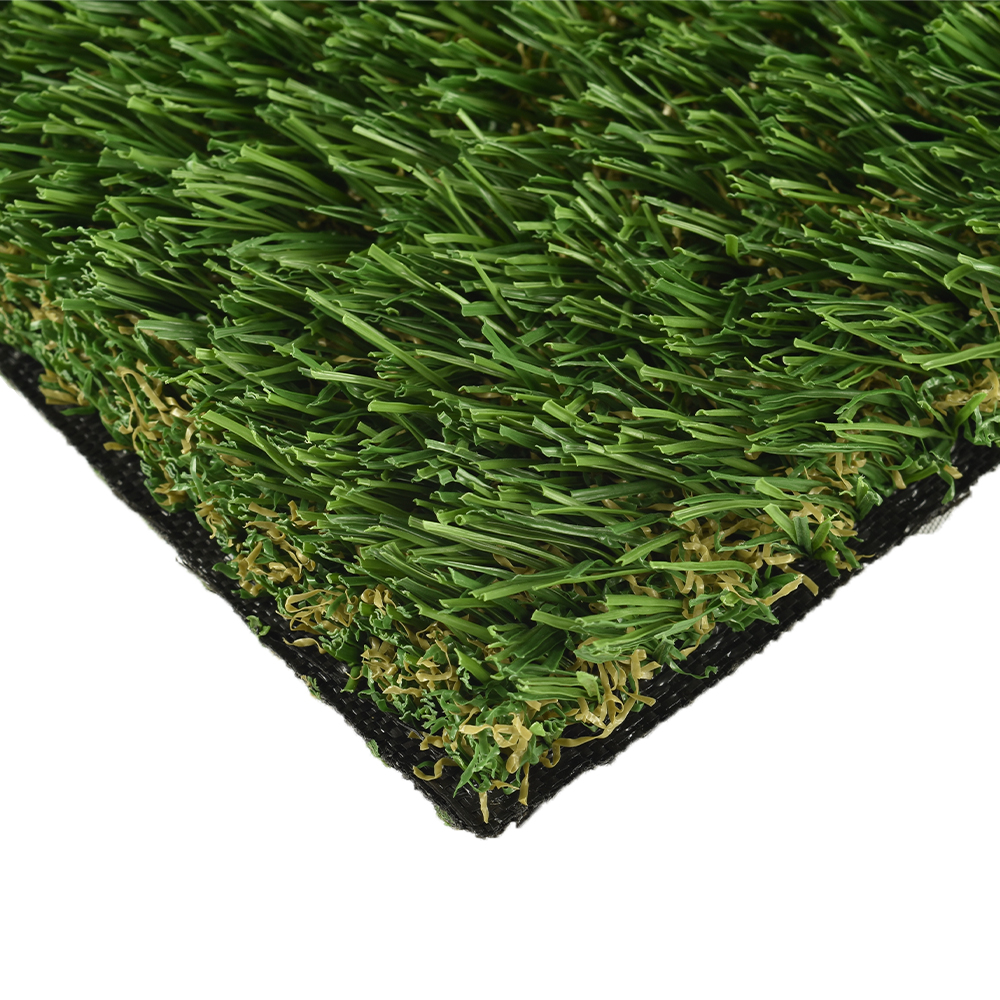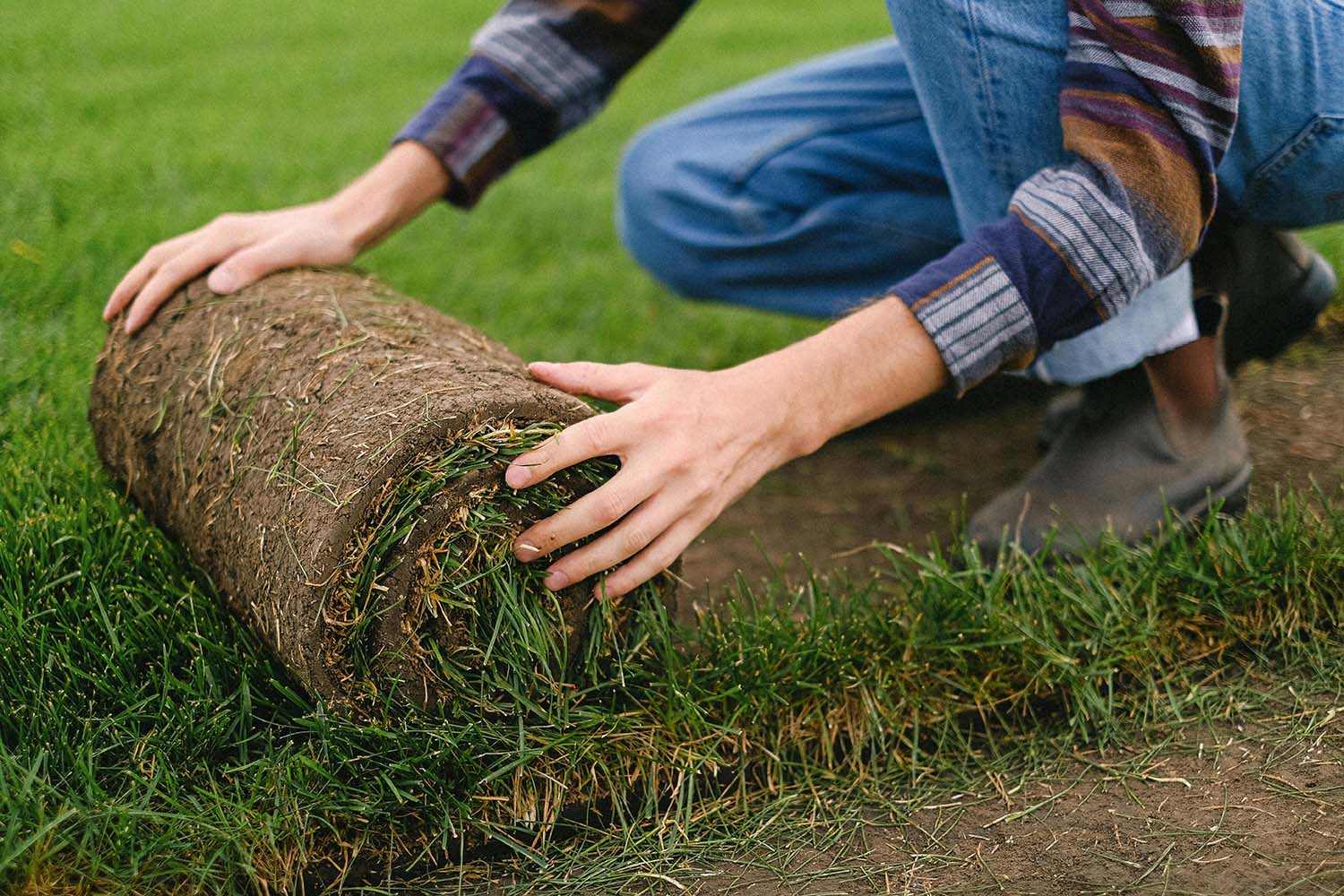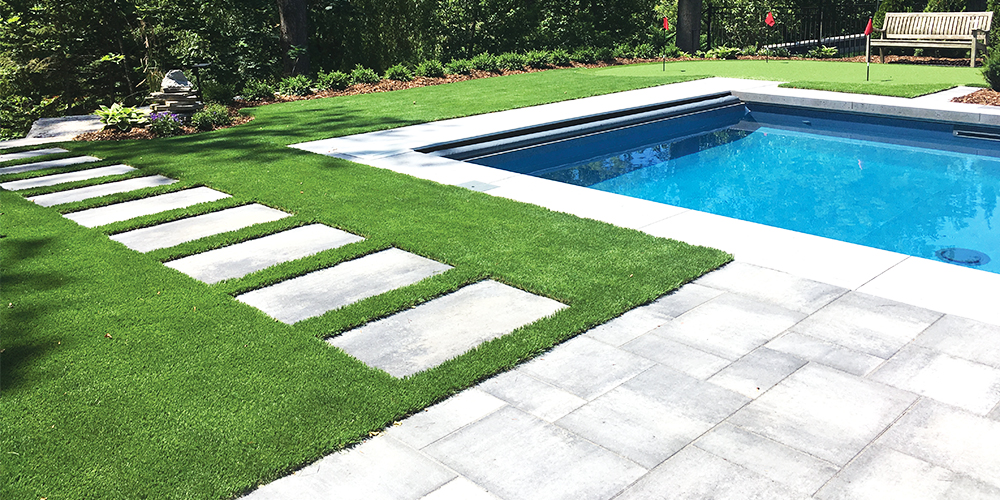Explore the Environmental Advantages of Opting for Synthetic Grass Solutions
The fostering of synthetic turf solutions offers an engaging chance to address pushing environmental obstacles. By significantly reducing water usage and lessening the application of dangerous chemicals, these alternatives not only advertise sustainable landscape design yet also secure local ecosystems.
Water Preservation Conveniences
One of the most substantial benefits of synthetic lawn is its ability to preserve water. In comparison, man-made lawn does not need watering, significantly decreasing the general need for water sources.
By getting rid of the requirement for regular watering, fabricated turf adds to sustainable landscape methods and helps reduce the environmental impact of too much water intake. Furthermore, the preservation of water includes the reduction of drainage, which can lead to soil disintegration and river pollution.
Additionally, the setup of fabricated turf enables house owners and communities to allot water sources much more successfully, focusing on necessary usages such as drinking water and farming. The shift towards synthetic grass not only advertises responsible water use yet additionally aligns with more comprehensive ecological objectives focused on protecting natural resources.
As areas significantly focus on sustainability, the water preservation benefits of fabricated grass offer a compelling instance for its fostering in domestic and commercial landscaping jobs.
Decreased Chemical Usage
The transition to man-made lawn substantially lowers the reliance on chemical treatments generally used in natural turf upkeep. Traditional lawn monitoring usually entails the application of plant foods, herbicides, and pesticides to promote development and control pests. These chemicals can posture dangers to human health, neighborhood wild animals, and the setting, adding to dirt and water contamination.
In comparison, synthetic turf gets rid of the demand for these hazardous materials. By minimizing the release of synthetic substances right into the community, artificial lawn advertises healthier dirt and water systems.
In addition, the absence of chemical overflow connected with artificial grass installments aids secure neighborhood waterways from air pollution, sustaining aquatic life and keeping biodiversity. Arizona artificial turf. As communities progressively prioritize sustainable techniques, choosing synthetic grass provides a feasible option that lines up with ecological conservation objectives. With this shift, home proprietors can take pleasure in lavish green rooms without compromising environmental health and wellness, leading the way for an extra lasting future
Reduced Carbon Footprint

In addition, the installation of synthetic grass can cause substantial water preservation. All-natural yards need substantial quantities of water for irrigation, which not only adds to the carbon impact associated with water extraction and treatment but likewise stress regional water resources. On the other hand, artificial turf needs minimal maintenance, calling for no watering, thereby significantly decreasing water usage and its connected energy costs.
In addition, the long life of fabricated turf adds to its lower carbon influence. With a life expectancy of approximately 15 years or more, the demand for constant substitutes is diminished, resulting in less waste and lower power intake in manufacturing and dealing with standard lawn options. In general, fabricated grass presents a sustainable alternative for ecologically conscious landscape design.
Environment Conservation
Habitat preservation is a vital consideration in the argument over landscape design options, specifically when contrasting fabricated lawn to all-natural lawn. Natural lawn lawns typically require extensive maintenance, including using herbicides, fertilizers, and pesticides, which can detrimentally affect regional environments. These chemicals can leach into the soil and rivers, harming native vegetation and animals and disrupting regional habitats.
In contrast, fabricated turf provides a chance to minimize the ecological footprint of landscape design. By deciding for artificial turf, home owners can reduce the disturbance of all-natural environments connected with traditional yard care techniques. Man-made lawn removes the demand for dangerous chemicals, thus securing close-by wildlife and maintaining the honesty of surrounding ecological communities. Additionally, the installation of synthetic grass can lead to the conversion of previous yard areas into more biodiverse landscapes, such as pollinator yards or indigenous plant areas, which can sustain neighborhood wild animals.
Eventually, the transition to synthetic grass not only conserves water and minimizes upkeep efforts but likewise fosters a much more harmonious partnership between human activities and the all-natural environment, promoting habitat conservation in the procedure.
Long-Term Sustainability
Long-term sustainability is a vital element in reviewing the benefits of synthetic grass over standard grass lawns. One of one of the most significant advantages of look at here now artificial lawn is its toughness; it can last as much as 15-20 years with marginal maintenance, whereas all-natural lawn needs constant reseeding and substitute. This longevity reduces the requirement for constant sources, such as water, plant foods, and pesticides, which are important for maintaining a healthy and balanced yard lawn.
In addition, artificial grass adds to a decrease in carbon exhausts connected with lawn care devices. Conventional lawns typically call for gas-powered mowers, trimmers, and blowers, all of which contribute to air pollution. Phoenix turf companies. In comparison, synthetic grass removes the requirement for such tools, advertising a cleaner atmosphere
In addition, the manufacturing of man-made lawn progressively uses recycled products, boosting its sustainability profile. As producers adopt green methods, the ecological footprint of synthetic turf remains to decrease.

Final Thought
The adoption of synthetic grass options provides considerable ecological benefits, consisting of significant water preservation, reduced reliance click for info on hazardous chemicals, and a reduced carbon footprint. Furthermore, synthetic grass aids in preserving natural environments by lessening land disturbance and promoting long-term sustainability with using durable products. Collectively, these factors highlight the possibility of artificial turf to add favorably to ecological health and provide a practical option to traditional landscaping practices in an increasingly resource-conscious globe.
In comparison, synthetic lawn does not need watering, dramatically decreasing the overall need for water resources. By lessening the release of synthetic substances into the community, fabricated grass advertises much healthier soil and water systems.
Furthermore, the setup of fabricated turf can result in significant water conservation. In comparison, synthetic lawn needs minimal maintenance, calling for no watering, therefore dramatically read the full info here minimizing water use and its linked energy expenses.
